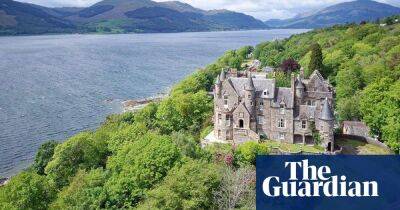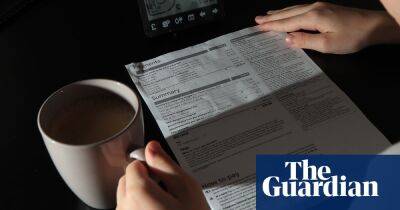Queen’s ‘seabed rights’ swell to value of £5bn after auction of plots
The value of rights owned by the Queen’s property company to exploit the seabed around Britain’s coastline has swelled to £5bn after a record-breaking auction of plots for offshore windfarms.
Profits for the crown estate, which generates money for the Treasury and the royal family, jumped by £43.4m to £312.7m in the year to the end of March.
The total value of its portfolio, which includes swathes of the seabed around Britain and property on Regent Street, London, has increased by 8.3% to £15.6bn.
The estate’s first auction of its seabed licences in a decade helped to drive up the value of the portfolio.
The estate awarded licences for six offshore windfarms off the coast of England and Wales, which could generate up to £9bn over the next 10 years. The successful bidders included Germany’s RWE Renewables, which won two licences at Dogger Bank, off the Yorkshire coast, and two from a consortium which includes the oil company BP, which is also investing in renewable energy.
The Queen’s ownership of the British coastline is an ancient right, but her authority to collect royalties from offshore wind and wave power is much more recent. The crown’s full exploitation rights were granted by parliament in 2004.
Until the 1960s there was no formalised legislation declaring Crown ownership below the low-water mark. Until then, sovereignty was by convention and common law. In the eighteenth century, a three mile limit was adopted by most coastal states.
There were exceptions, like Soviet Russia, which claimed 12 nautical miles. In the twentieth century, this wider limit came into use across the world, including the UK, and it remains in place today.
The Queen’s marine domain stretches much further. It extends to the continental shelf, a
Read more on theguardian.com


![Is Decentraland’s [MANA] 7.73% spike a start of 592% recovery - ambcrypto.com - city Santiment](https://finance-news.co/storage/thumbs_400/img/2022/6/24/31131_itdxz.jpg)



















